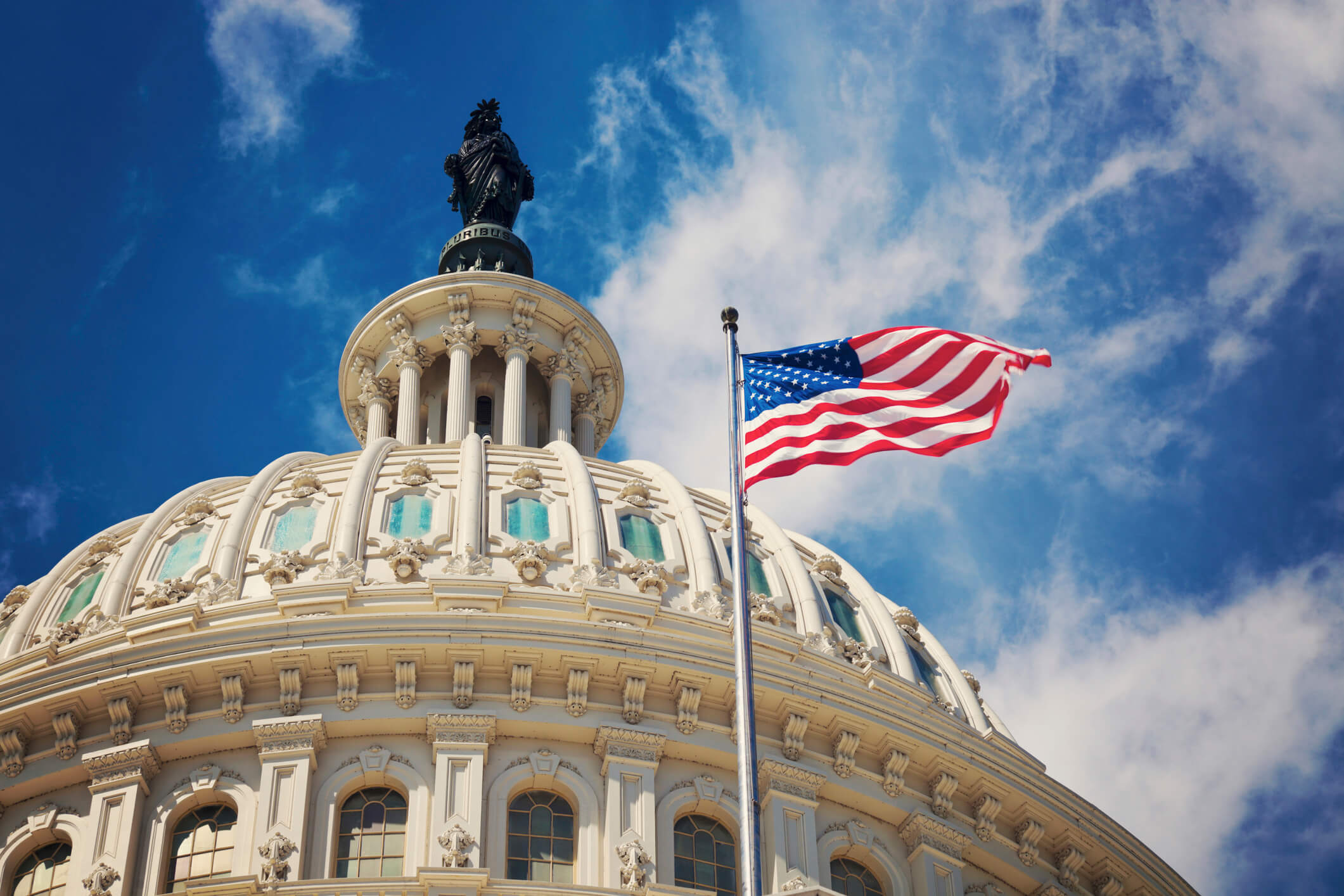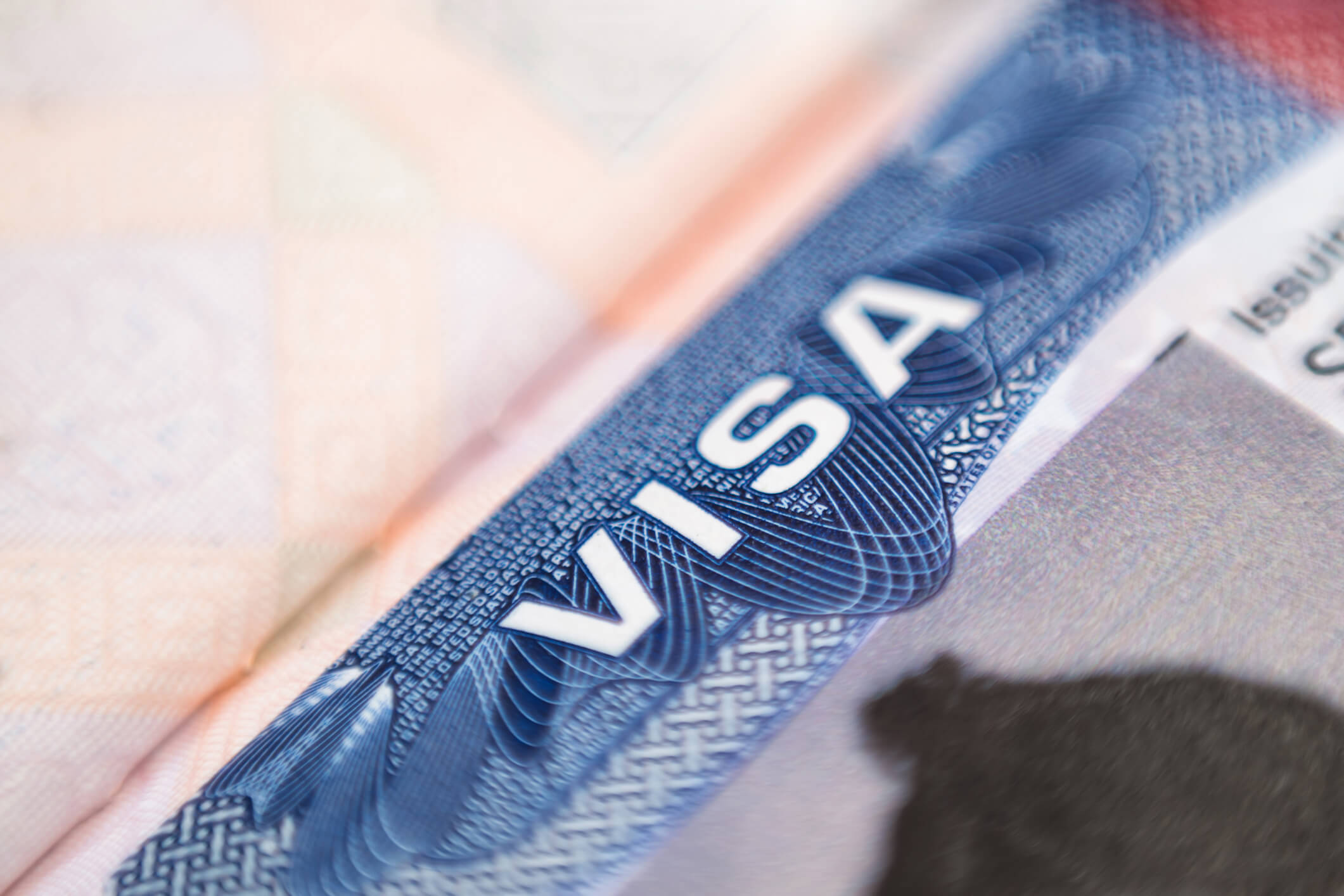E-Verify, the voluntary electronic employment verification system operated by U.S. Citizenship and Immigration Services (USCIS), has been at the center of efforts to improve the employment eligibility verification system and enhance worksite enforcement efforts. In 1996, Congress introduced the Basic Pilot Program, the predecessor to the current E-Verify, as part of the Illegal Immigration Reform and Immigrant Responsibility Act. Current authorization and funding for E-Verify is set to expire on November 1, 2008. On July 31, the House of Representatives passed a bill (H.R. 6633) that would extend E-Verify for five years. The bill has moved to the Senate for consideration where competing bills have also been introduced, including one that would make E-Verify permanent and another that would recapture immigrant visas (green cards) that were authorized but went unused between 1992 and 2007.
Critics of E-Verify express concerns regarding privacy, due process, and the system’s accuracy, and propose scrapping the system entirely until a new, more workable system can be developed. Nonetheless, groups such as the Society for Human Resource Management (SHRM) support the temporary extension of E-Verify, at least while Congress continues efforts to develop a more workable permanent system. Furthermore, various states have passed legislation mandating E-Verify participation for public employers, state government contractors or even all employers in the state, thus making them reliant on the continuation of E-Verify (see the July Immigration eAuthority for the most recent updates on state immigration laws). Likewise, the Bush Administration recently proposed a rule making E-Verify mandatory for an estimated 200,000 Federal Government contractors as reported in the June Immigration eAuthority. While the proposed regulation has been sharply criticized in the comments issued by the U.S. Chamber of Commerce in connection with the rulemaking process, the reliance on E-Verify by states and the federal government, the lack of a “ready-to-go” alternative, and the unlikelihood of a major battle on Capitol Hill to undo E-Verify during the weeks leading up to the Presidential election in early November all make the extension of the underlying E-Verify program seem inevitable.
In the absence of comprehensive immigration reform, the federal government continues its efforts to increase enforcement via the expansion of E-Verify and worksite enforcement, including raids.
Note: This article was published in the August 2008 issue of the Immigration eAuthority.




